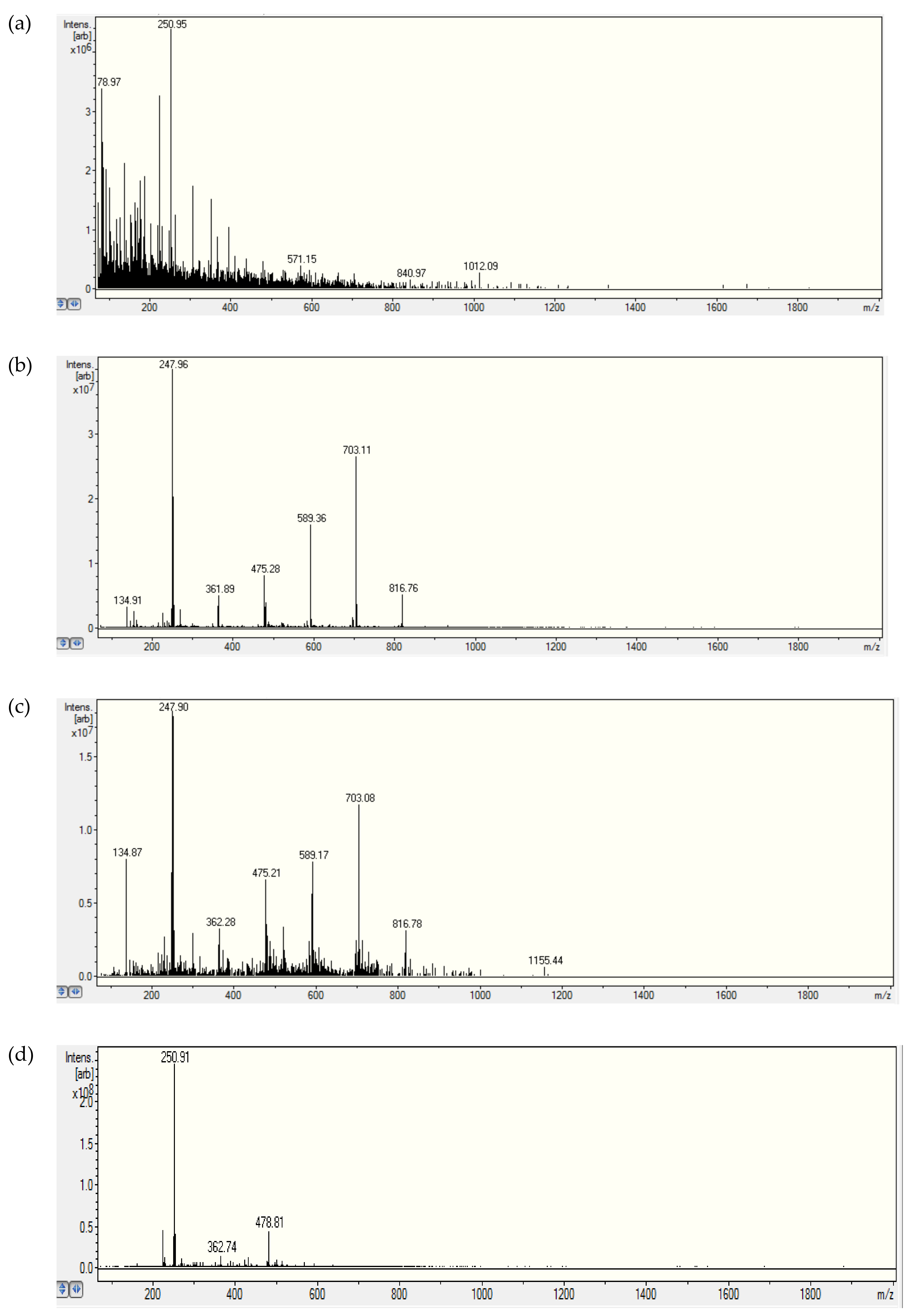


The lead times necessary for market penetration of successful technologies when they are needed require a robust federally funded R&D program. Second, we recommend that R&D efforts in the areas of efficient energy use and clean energy (technologies not using fossil resources or significantly reducing carbon emissions per unit of energy generated) be maintained and strengthened. Several studies conducted over the past two years have scoped out the research issues that need to be explored and have revealed a wide variety of technological approaches that call out for detailed analysis and field testing. We have confidence that the time is ripe for this new undertaking. First, we recommend that a vigorous carbon sequestration program be launched. We recommend that this task be fulfilled by initiating several new programs in parallel. The task before the workshop was to recommend ways to initiate a vigorous carbon sequestration research program without compromising the strength of the current programs in the first two areas. By contrast, R&D in the third and the fourth areas-the two carbon sequestration options-is less well developed. At present, R&D in the first two areas-energy efficiency and non-fossil fuel energy resources-is relatively well developed. This planning activity must be an iterative process. A number of future scenarios must be evaluated to determine the need for the new technologies in a future energy mix. These programs can be effective by integrating scenario analyses into the planning process. An optimum carbon management strategy will surely implement all four approaches and a wise R&D program will have vigorous sub-programs in all four areas. Four principal technological approaches are available to affect these carbon flows: (1) Fossil fuels and other energy resources can be utilized more efficiently (2) Energy sources more » other than fossil fuels can be used (3) Carbon dioxide from the combustion of fossil fuels can be trapped and redirected, preventing it from reaching the atmosphere (fossil carbon sequestration) and (4) One can work outside the energy system to remove carbon dioxide biologically from the atmosphere (biological carbon sequestration). Significantly affecting the carbon flows associated with fossil fuels is an immense undertaking. More than 90% of the carbon in fossil fuels is used for energy purposes, with carbon dioxide as the carbon product and the atmosphere as the initial destination for the carbon dioxide. Globally, six billion tons of carbon are contained in the fossil fuels removed from below the ground every year. The energy system dominates human-induced carbon flows on our planet.


 0 kommentar(er)
0 kommentar(er)
